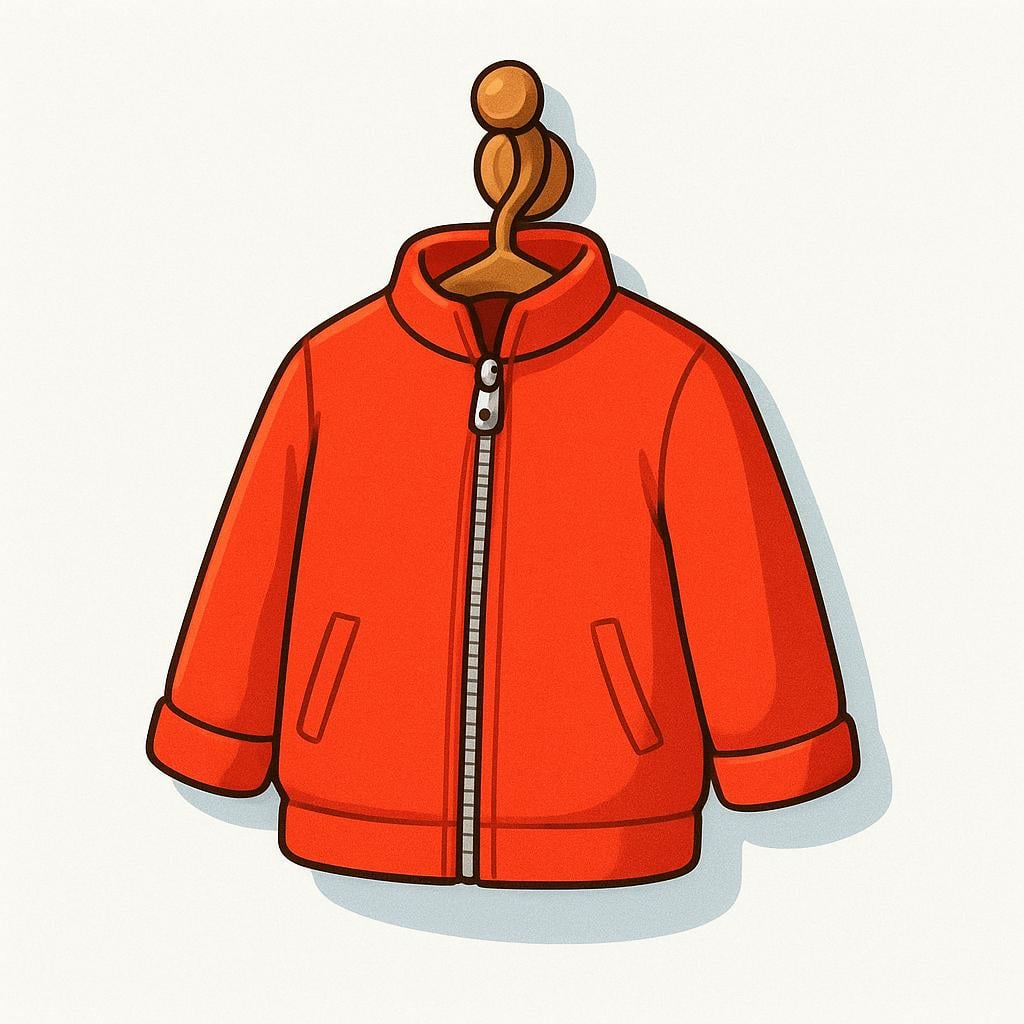
chaqueta
cha-KAY-tah
📝 In Action
Ponte la chaqueta antes de salir, hace mucho viento.
A1Put on your jacket before going out, it's very windy.
Olvidé mi chaqueta en el restaurante, es de lana.
A2I forgot my jacket in the restaurant, it's wool.
El uniforme incluye una chaqueta gris y pantalones oscuros.
B1The uniform includes a gray blazer and dark pants.
💡 Grammar Points
Gender Check
Even though it ends in '-a,' remember that 'chaqueta' is always a feminine noun. You must use 'la' or 'una' before it.
❌ Common Pitfalls
Confusing Jacket and Coat
Mistake: "Using 'chaqueta' for a very heavy winter coat."
Correction: For a long, heavy winter coat, the word 'abrigo' is usually better. 'Chaqueta' is typically shorter and lighter.
⭐ Usage Tips
The Versatile Word
In most everyday situations, 'chaqueta' works for any piece of outerwear that isn't a massive coat or a hooded sweatshirt ('sudadera').
✏️ Quick Practice
💡 Quick Quiz: chaqueta
Question 1 of 1
If you are freezing cold in the middle of winter, which item of clothing is most likely to be an 'abrigo' rather than a 'chaqueta'?
📚 More Resources
Frequently Asked Questions
What is the difference between 'chaqueta' and 'abrigo'?
Generally, 'chaqueta' refers to a short, waist-length garment (like a denim jacket or blazer), while 'abrigo' refers to a long, heavy coat intended for colder weather. Think of 'chaqueta' as 'jacket' and 'abrigo' as 'heavy coat.'
Is 'chaqueta' masculine or feminine?
'Chaqueta' is feminine, even though it refers to an object. You always use 'la chaqueta' or 'una chaqueta.'